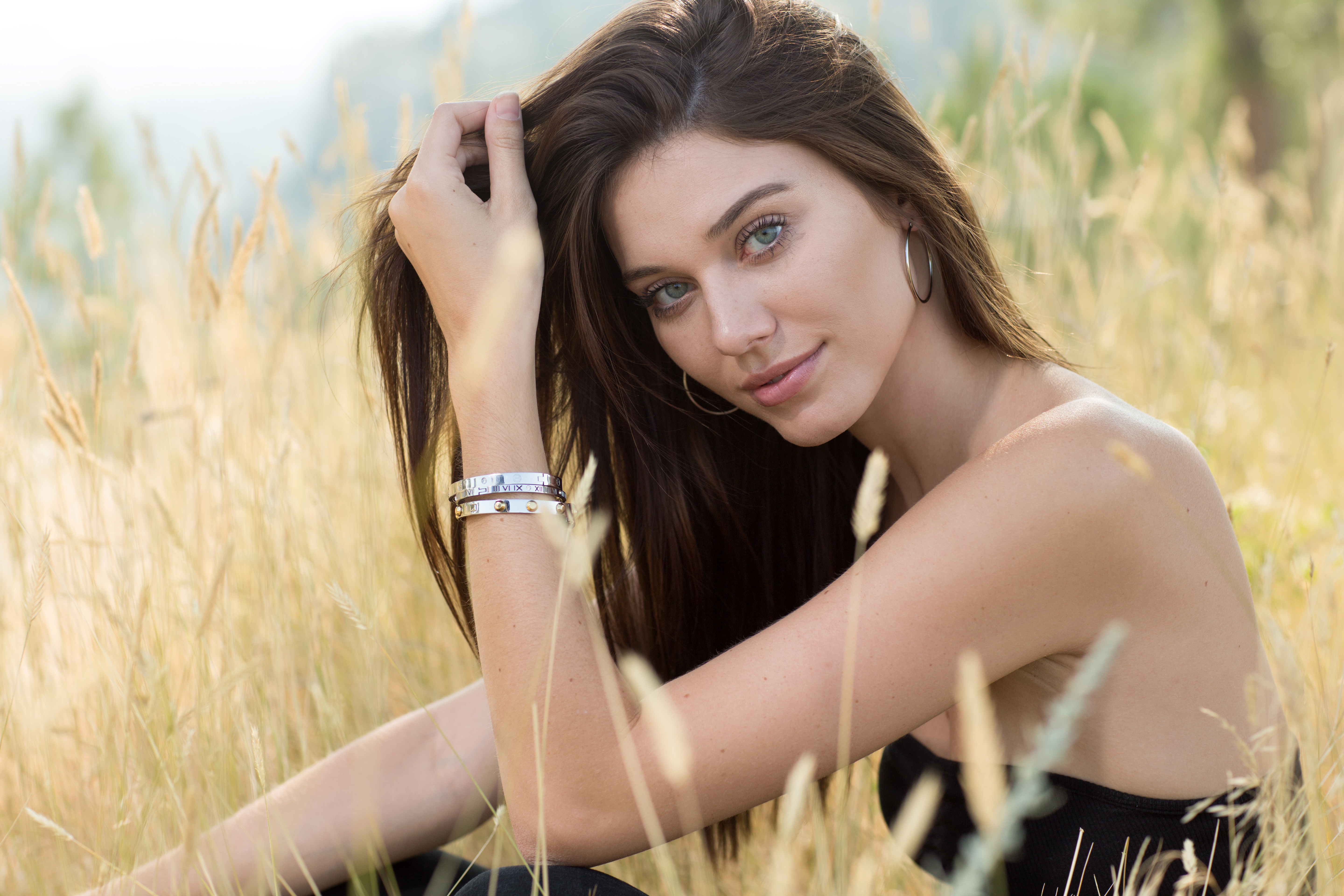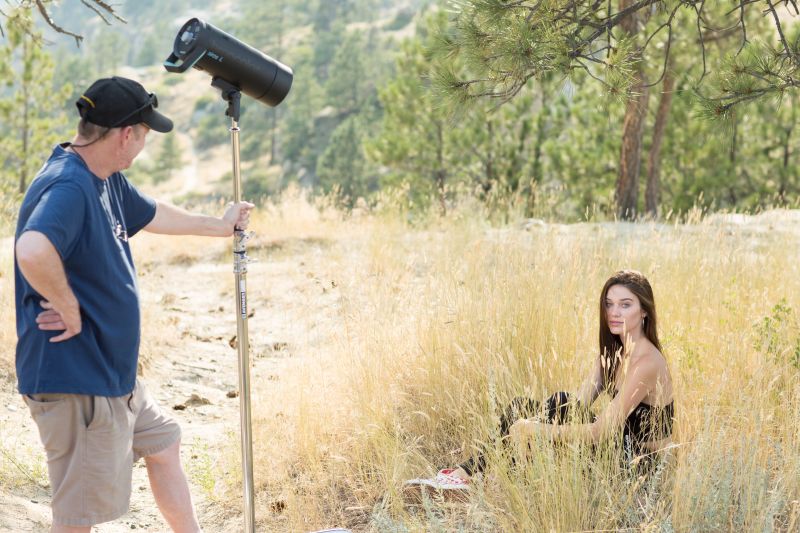
We are trained to see light and adapt it to fit our personal taste. How we choose to light, whether it be artificial studio lighting or natural light, enables us to define our voice along the way. Utilizing natural sunlight is a favorite among many photographers, and for good reason. It is consistent enough to define our personal style, yet it is constantly changing to add just enough variety to keep it interesting.

Backlit images create a softening effect and often the details in the highlights, (especially the sky) are lost along the way. The harsh, natural light found several hours after sunrise and before sunset is a personal favorite, as it creates amazing contrast and depth, though it is challenging for the client or model to look directly into the light and keep from looking pained.
There doesn’t, however, have to be an ultimatum of choosing one over the other. Adding a fill light in backlit situations provides more depth and substance to the background as well as naturally providing more contrast without having to add it in post. It is a delicate dance between the two and a great compromise that brings out the benefits of both lighting scenarios. You can have it all.
GEAR:

For this shoot, the Broncolor Siros L 800Ws was set at its lowest power setting with no lighting modifier. It was placed a few feet away from and in front of the model on the left side of the camera and angled down at approximately 45 degrees.
Gear: Canon 5D Mark III, Canon 85mm 1.2L II, Broncolor Siros L 800Ws

Gear: Canon 5D Mark III, Canon 85mm 1.2L II, Broncolor Siros L 800Ws
Tech Specs: ISO 200, f/4, 1/500th of a second.

Gear: Canon 5D Mark III, Canon 85mm 1.2L II, Broncolor Siros L 800Ws
Tech Specs: ISO 200, f/4, 1/500th of a second.
The goal was to keep the focus on the model in this busy scene, therefore we opted to use a little soft bokeh to aid in focusing attention on the subject and depended on the subtle movement of the wind blowing across the grass. The other goal was to bring back detail to the hazy summer skies and background during a very active fire season. Ultimately, the results were going to be a middle-of-the-road approach, essentially offering an olive branch to both sides of the aisle.
The high speed sync capabilities of the Broncolor Siros L was very beneficial to achieve the subtle look and feel of this shoot, so whatever light you’re using that feature would be helpful. For those of you who don’t have HSS, light modifiers and feathering of the light will likely be of use to you here.
That’s really all there is to this type of shoot/look. Hopefully this highlights that even in a bright open field with a scene that lacks contrast, you’re able to create really nice shots with punch and even lighting looks. Yes there was someone holding the light but you could get away with using a light stand and then just a single light, your model and your camera. It is, also, highlighting another reason to love HSS. While we love the Broncolor Siros L, if they are out of your price range there are alternatives. Here’s a short list is the Siros L is a bit out of reach for now:
- Flashpoint XPLOR 600 HSS TTL For Sony, Canon, Nikon – $750
- Profoto B1 500 AirTTL (Now with spreedring, beauty dish, and remote valued at $700) – $2,095
Note, that this is merely a starting point for the camera and equipment settings. The contrast, depth of field and mood can all be adjusted to fit your specific needs and stay true to your brand.
[REWIND: TFP COLLABORATIONS | THE GOOD, THE BAD AND THE UGLY]

Gear: Canon 5D Mark III, Canon 85mm 1.2L II, Broncolor Siros L 800Ws
Tech Specs: ISO 200, f/4, 1/500th of a second.

Gear: Canon 5D Mark III, Canon 85mm 1.2L II, Broncolor Siros L 800Ws
Tech Specs: ISO 200, f/4, 1/500th of a second.





Get Connected!